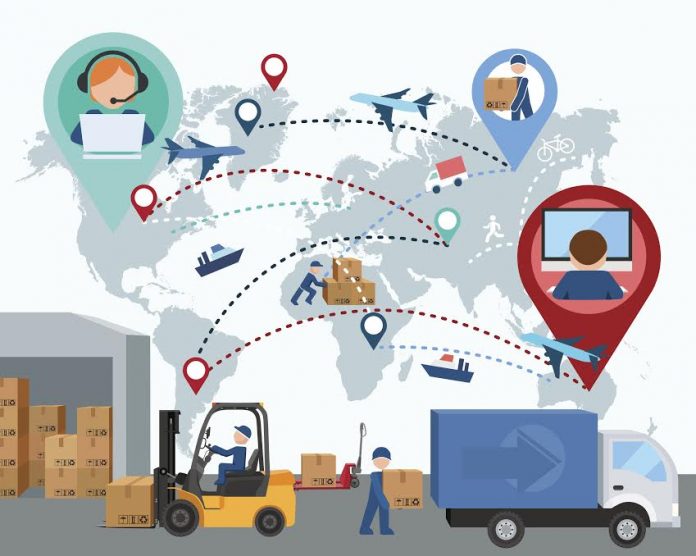The modern supply chain is larger, more interconnected, and more complex than ever before. That empowers it to reach levels of productivity and efficiency that would have seemed impossible several decades ago. But the scale of the modern supply chain also makes it particularly difficult to manage and especially vulnerable to obstacles and catastrophes. Below are three challenges every supply chain faces, and what companies can do to overcome these issues:
The Benefits and Hazards of Global Manufacturing
Most supply chains now stretch across the globe and receive input from dozens of different countries and suppliers. That is a huge asset in terms of being able to procure resources, lower labor costs, and take advantage of international laws and regulations. But the distributed nature of these supply chains also makes them very difficult to monitor, manage, and optimize. Manufacturers cannot reject globalization, but they can’t easily or automatically embrace it either.
The problem is one of visibility. Data is being reported from dozens of different sources spread across multiple locations. Even though all this data is valuable, the input necessary to organize and analyze it is prohibitive. Without having plans, policies, and tools in place that make data easy to manage, and easier to analyze, lots of essential information and insights are lost as they travel across borders.
The Speed of the Modern Market
Advising people to expect the unexpected may be a cliché, but it’s also a sound strategy for modern manufacturers. Today’s markets now expand, contract, pivot, and evolve with amazing speed. That creates a lot of new opportunities for manufacturers eager to reach new customers or redefine their brand. But it also requires supply chains to be fast and flexible without fail.
Data is an asset that keep manufactures abreast of what’s happening inside their organization. By integrating and analyzing data, it is possible to spot efficiencies and improve productivity. Data also provides insights into the strengths or weakness of various departments, facilities, workflows and supply chain inputs. Why is this important? Manufacturers need to be able to analyze data quickly to respond to changes, challenges and opportunities in today’s fast-paced market. Without a data analytics strategy, these companies could fall behind their competitors.
The Need for Quality and Compliance
The rise of social media has made product quality a bigger concern than ever before. Damages and defects on even a small number of products can lead to a public backlash that hurts a brand for years to come. In the same way that quality must be standardized and systematized, compliance must be equally assured. Sweeping regulations mandate everything from workplace safety to environmental stewardship, and the fines and penalties for breach of compliance are significant.
Resolving these issues is fundamentally about being able to dive into the details, find the problems, and identify actionable solutions. Supply chain analytics are designed to do just that. The complexities of modern supply chains are condensed and streamlined so that decision makers don’t get stranded in a sea of information. In practice, less time is spent looking for ideas and more time is spent implementing those ideas. That leads to supply chains that meet every expectation of customers, regulators, and administrators.
It is important to view supply chain challenges not as bumps on the road but rather as serious threats to fortunes and futures. Supply chain issues cause operations to grind to a halt. And depending on the nature of those issues, the consequences can be crippling. Once these challenges are resolved it’s possible to operate with more certainty and safety. It’s also much easier to pull ahead of the competition who are still struggling.

